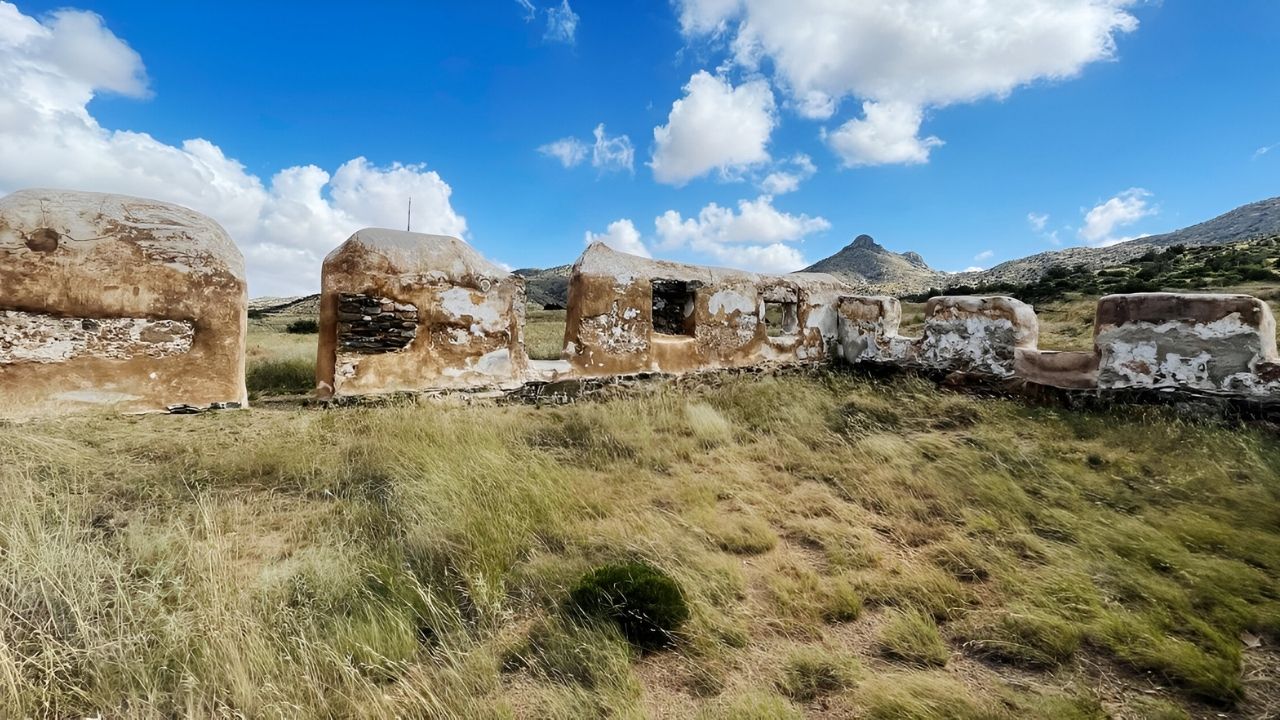Trading Posts Of Fort Bowie Arizona’s Hidden Stories

Fort Bowie in Arizona holds stories of the Old West, where soldiers, settlers, and Native Americans crossed paths. This historic site, nestled in the rugged landscape, was a key player during the Apache Wars. Fort Bowie served as a military outpost and a trading post, creating a unique blend of cultures and histories. Visitors today can walk the trails and see remnants of the past, like the old fort ruins and the cemetery. The trading posts were bustling hubs where goods and stories were exchanged. Exploring Fort Bowie offers a glimpse into a time when the American frontier was still wild and untamed. Whether you're a history buff or just curious, this place invites you to step back in time and imagine life in the 1800s.
Discovering Fort Bowie's Trading Posts
Fort Bowie, Arizona, holds a rich tapestry of history. Nestled in the rugged terrain of the Chiricahua Mountains, this site was a pivotal location during the Apache Wars. Beyond its military significance, Fort Bowie was a hub for trading posts that played a crucial role in the lives of soldiers, settlers, and Native Americans. Let's uncover some of these fascinating trading posts and their hidden stories.
1. The Chiricahua Trading Post
The Chiricahua Trading Post was a bustling center of commerce. It served as a meeting point for soldiers and Apache tribes. Goods like blankets, tools, and food were exchanged here, fostering a unique cultural blend. This trading post was more than just a place for transactions; it was a bridge between two worlds.
2. The Butterfield Overland Mail Station
Before the railroad, the Butterfield Overland Mail Station was a lifeline for communication and trade. Located near Fort Bowie, it was part of the first transcontinental mail route. This station provided essential supplies to travelers and soldiers, making it a vital stop in the harsh desert landscape.
3. The Sutler's Store
The Sutler's Store was a treasure trove for soldiers stationed at Fort Bowie. Sutlers were civilian merchants who sold goods to the military. From tobacco to clothing, the store offered a taste of home for weary soldiers. It was a place where stories were shared, and camaraderie was built.
4. The Apache Pass Trading Post
Situated at the heart of Apache Pass, this trading post was a strategic location. It was frequented by both settlers and Native Americans. The post offered a variety of goods, including weapons and food supplies. It was a place where cultures intersected, and alliances were formed.
5. The Stagecoach Stop
Stagecoaches were the primary mode of transportation in the 19th century. The Stagecoach Stop near Fort Bowie was a bustling hub for travelers. It provided rest and refreshment for those journeying through the harsh Arizona terrain. This stop was essential for trade and communication in the region.
6. The Fort Bowie Commissary
The Commissary at Fort Bowie was a lifeline for soldiers. It stocked essential supplies like food, clothing, and ammunition. This trading post ensured that the fort remained operational and well-equipped. It was a place of order and efficiency amidst the chaos of frontier life.
7. The Native American Trading Post
This trading post was a testament to the resilience and adaptability of Native American tribes. It was a place where traditional crafts and goods were exchanged. The post fostered a sense of community and mutual respect between different cultures. It was a vital part of the social fabric of Fort Bowie.
8. The Fort Bowie Blacksmith Shop
The Blacksmith Shop was more than just a place for forging metal. It was a center of innovation and craftsmanship. Soldiers and settlers relied on the blacksmith for tools, horseshoes, and repairs. This shop was a symbol of the ingenuity and resourcefulness of those living on the frontier.
Hidden Stories of Fort Bowie
Fort Bowie’s trading posts hold tales of the past. These spots were more than just places to trade goods. They were hubs where cultures met, exchanged ideas, and sometimes clashed. Soldiers, Native Americans, and settlers all left their mark here. Each group brought its own stories, shaping the history of the region. The fort itself played a key role in the Apache Wars, a time of conflict and change. Walking through the ruins today, you can almost hear echoes of the past. The landscape, rugged and beautiful, adds to the sense of history. Visiting Fort Bowie offers a glimpse into a time when the American West was still wild and untamed. It’s a reminder of how far we’ve come and how much there is to learn from those who came before. Fort Bowie remains a testament to resilience, change, and the enduring spirit of the people who lived there.

